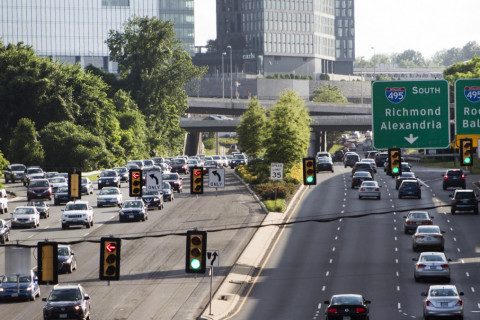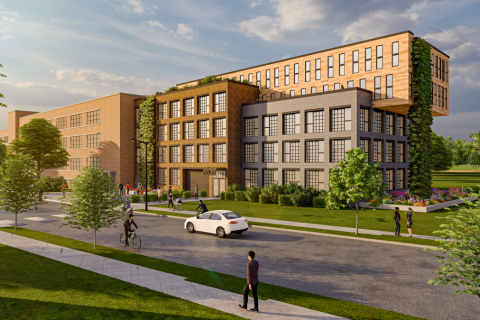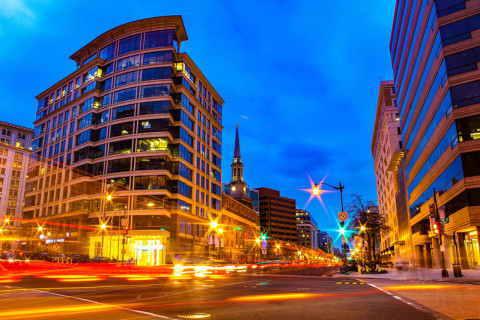Posts tagged Walking
-

Since the 1990s, planners have envisioned a walkable Tysons. Is it working?
Since the 1990s, Fairfax County planners have imagined turning Tysons into “a place where people want to be.” How’s that going? Let’s look at the state of walkability and bikeability in Tysons, and how to make it better. Keep reading…
-

Want to improve DC schools? Build teacher housing
The cost of housing is a major challenge to teacher retention in the District of Columbia, which in turn undermines student performance and school administration. What would it look like to build teacher housing on school campuses? Keep reading…
-

The DC Council should insist on a true multi-modal design for Connecticut Avenue, or defund the project
It’s not just the missing bike lane: the District Department of Transportation’s revised plans for Connecticut Avenue are worse all around. The Council shouldn’t let the Mayor toy with $26 million. Keep reading…
-

Maryland’s new complete streets policy takes aim at a safer transportation system for all
By assigning responsibility for Complete Streets to a wider swathe of agencies than just the State Highway Administration, Governor Moore and officials hope to bring about a transportation system that works for all road users. Backers also tout increased opportunities for input from underserved communities, and a chance to turn the page on safety. Advocates hope to see evidence of the policy in concrete action. Keep reading…
-

Car parked in the bike lane? Near-miss? WABA has a regional reporting tool for that
WABA, Howard University, and the Safe Routes Partnership collaborated to create a reporting and tracking tool for people in the Washington region to report near-misses, crashes, and road use violations. The goal is to make our roads safer. Keep reading…
-

Understanding car culture ‘denialism’ can help safety advocates respond
Opponents of change sow confusion with fake experts, logical fallacies, impossible expectations (moving goalposts), conspiracy theories, and selectivity (cherry picking). We can fight back. Keep reading…
-

Here’s what GGWash asked the DC Council to pay attention to during performance oversight hearings
At annual performance oversight hearings, DC Councilmembers probe agency leaders about how effectively their agencies performed in the previous year. Individual and organizational witnesses are invited to submit testimony too. Here’s what GGWash staff said. Keep reading…
-

The New York Times once again misses the plot on traffic safety
Pedestrian deaths are attributable, first and foremost, to road design. So why do the New York Times and other publications keep missing out on this core cause of traffic violence? Keep reading…
-

How and why to start a walking school bus
When kids walk to school, they benefit from the physical exercise as well as interaction with their community. One way to make it easier for kids to walk to school safely is a walking school bus. Keep reading…
-

We’re #WalkingHere in Montgomery County
Montgomery County is getting a Pedestrian Master Plan, which will guide county leadership on the most effective ways to welcome more walking in a county largely shaped by the automobile. Here’s what’s in the plan, and how you can tell the Planning Department your thoughts about it. Keep reading…
